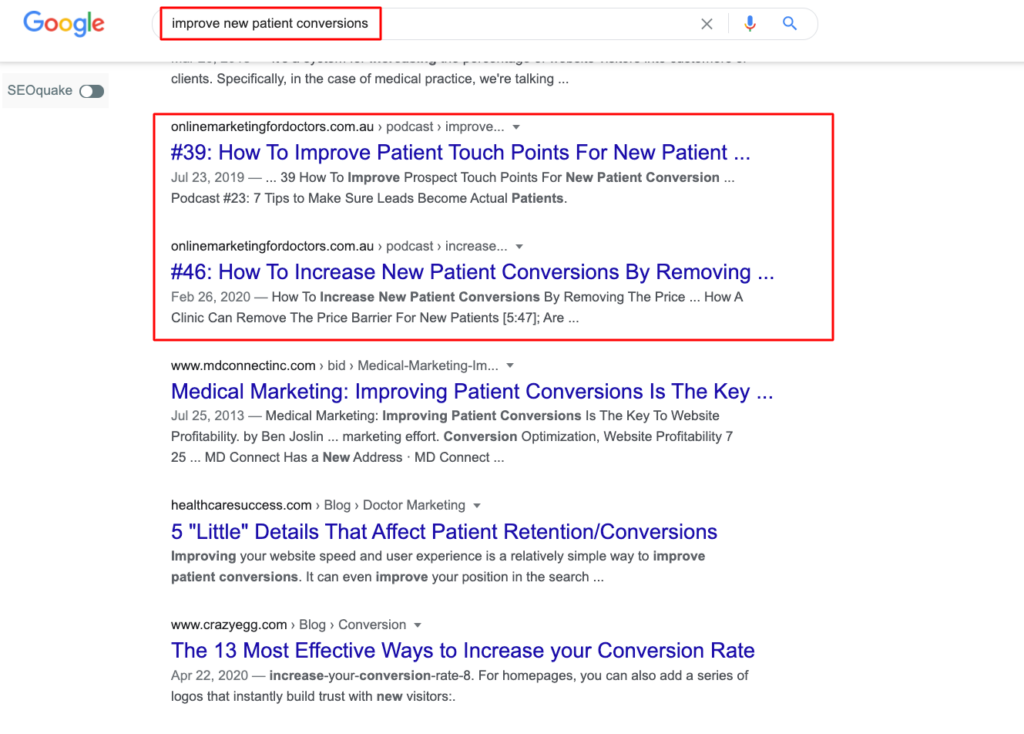“Content is king” is an often-cited quote in the world of online marketing. It is the belief that content is central to the success of a website.
Brand credibility is of value to your business and is an important part of brand equity. Credible brands build loyal relationships, recover quickly from the crisis, and benefit from less price-sensitive customers due to favourable perception.
Improving brand credibility and your marketing strategy can be done via content marketing which positions you as a thought leader, while attracting desired publications, enhancing SEO and allowing you to tell your brand story.
Read More: Gatekeeper Revolutionises Self-Service Contracts With The Launch Of ‘Touchless Contracts’
Credibility does from how long a brand has been around, but content marketing can help you build your brand image quickly for younger brands. Here are nine content tips to consider:
1. Create a Content Strategy
If you haven’t been posting content on your website and begin to post without any direction, it probably won’t provide much help. If you really want to grow your online presence, you have to have a strategy behind what you are doing.
Ask yourself questions like;
- Who do I want to read this piece?
- Do I want the people to share this piece, or do I want them to enquire after reading it?
- How am I going to promote this piece?
If you want to produce content to attract new clients in mind, then there are usually two types of content that work;
A new client offer: to attract new prospects, you need to entice special offers for new clients.
A Lead magnet: Help prospects to know, like and trust you. It is used as a natural process with a call to action to an irresistible offer to convert these prospects to new clients potentially. A lead magnet can be a special report, video or webinar in line with the core services you provide.
2. Speak to your target audience
Unlike retail brands with a national reach, your website isn’t effective unless it generates local traffic. Capture the attention of potential clients by understanding what they want and writing copy that meets their needs.
Accomplish this by creating client personas representing both your current client base and those who fit into any additional segments you’re trying to enter. Look at your website from your customers’ perspective to craft the kind of content they want to read.
Localise the copy even further by highlighting any issues specific to your local area. This will increase engagement from clients in your community, thus boosting search results.
Knowing your target audience is vital. I use our podcast channel content. Our target audience is medical practice owners or practice managers, and our content mission is to provide all the best strategies and tactics to help grow practices fast. We have a very clearly defined audience with a specific content marketing strategy.
3. Write Topics You Care About
Line up your content with topics that you care or know enough about.
It’s often easier to write about a subject that you are familiar with or one you are passionate about, which is also in line with your core service or product offerings. For example, if you are a facial surgeon, then write different topics about facial surgery.
When you are writing your content, make sure that you get to your point quickly. If your website is filled with content that contains an excessive amount of unnecessary information, clients may give up and head elsewhere.
4. Craft an irresistible headline
In content writing, it’s important, to begin with, a clear idea of what you will be writing about. Active headlines shaped around lists and “how-to’s”, are particularly attractive for readers. For example, consider titling your content “5 Ways To Avoid A Cold This Winter” instead of the less engaging “Why Are Colds More Likely In Winter”.
Stick to the topic with your main headline and write with clarity. Spend time crafting your headline, as that headline will determine the success of the overall content you are offering.
5. Content has to be searchable
Sure, your website looks nice, but can new clients find it using a local search? Your content must be searchable.
Weaving keywords and phrases into your content organically is essential. If keywords are awkwardly stuffed into the copy, it will be difficult for prospective clients to read. Skilled SEO copywriters know how to insert these terms in an effortless manner that flows naturally.
Read More: SalesTechStar Interview with Felipe Chavez, CEO and Co-Founder of Kiwibot
Great edits for this article, can you please add the part David Ogrivil quote back as it is important, thanks!

6. Try different mediums for your content but keep one channel as the main one
Don’t limit yourself to blog posts; try out different mediums. There are so many different types of content that you can create: infographics, PDF guides, videos, podcasts, webinars etc. Different types of content work best for different purposes.
Once you find the content platform that you can be most consistent with, stick to it. If you are consistent with your content production and during the process, you will find your voice and your audience will have time to find you.
7. Answer frequently asked questions
We see FAQ pages on websites with around 20 questions, followed by one or two sentence answers. This is a HUGE missed opportunity. If people are asking a question frequently in your company, chances are there are also plenty of other non-clients of yours Googling that question.
Create blog posts (and even pages in some cases) about these questions and fully flesh out the answer. Answering FAQs questions thoroughly gives you more opportunity to show up on top of Google search results in the “People also ask” section.
8. Create meaningful client stories
In our experience, the social media posts that receive the most engagement are stories about real clients, their physical and emotional journey and results before and after treatment.
9. Promote your content and analyse your results
If you create great content, don’t sit back and wait for search engines to index it and slowly start trickling traffic your way. Creating great content is just half of the work; the other half is promoting it. Boost it on Facebook, Google, share it within relevant niche communities, blast it to your email lists, etc.
Read More: SalesTechStar Interview with Rory Gray, VP of Sales, UK & Ireland, at UiPath
Your actual results will help you drive the strategy for your next piece of content. You can see the number of views of a particular piece of content on Google Analytics or Facebook report dashboard.
I’m curious and would like to hear from you too. What types of content are you producing now, have you got any positive results from it? Add your comments below, or send us an email with your thoughts.
Customer Experience Trends are Changing as are Sales and Marketing Alignment Strategies, stay updated on the latest tactics with the SalesStar Podcast!




















